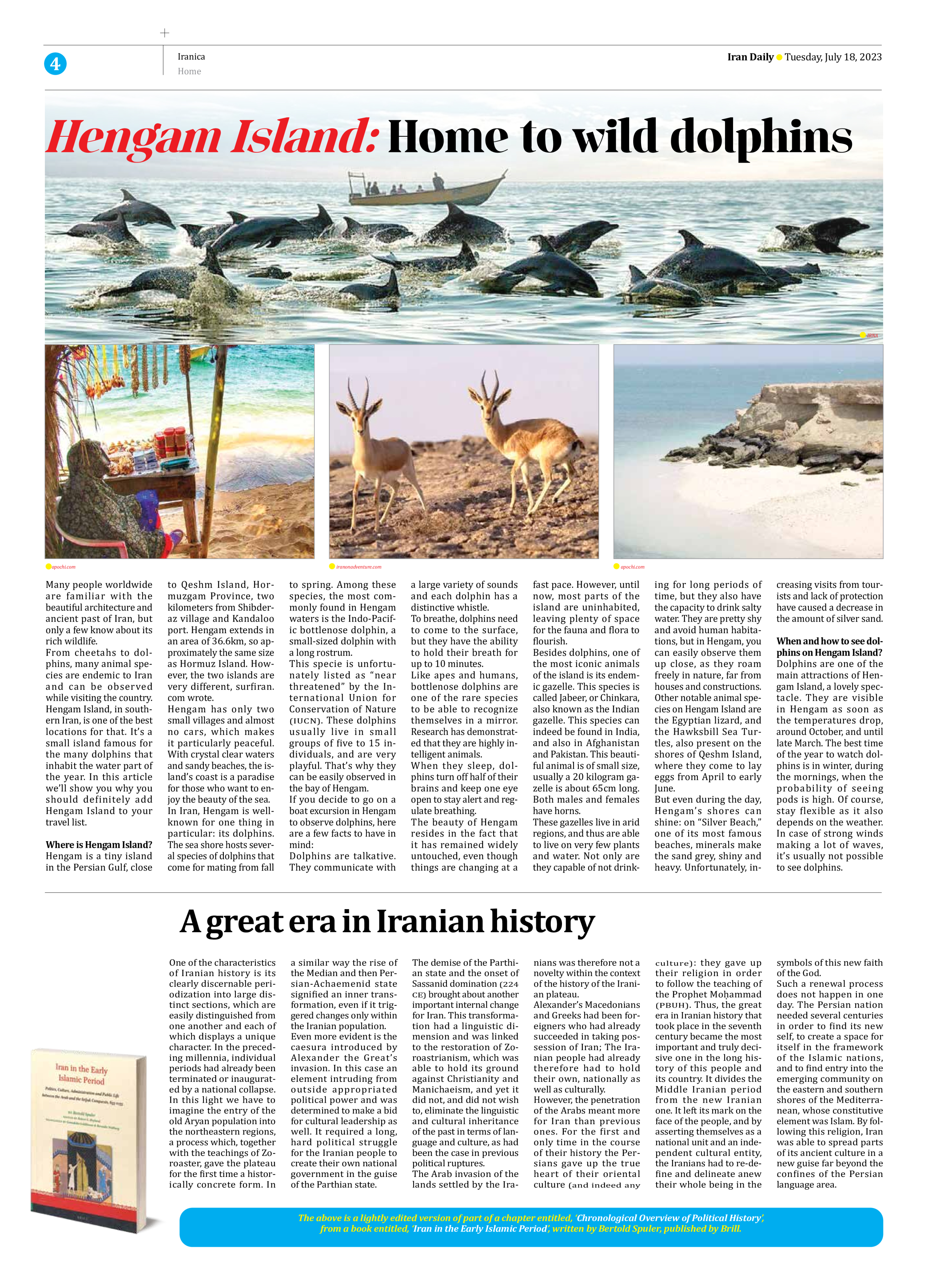
A great era in Iranian history
One of the characteristics of Iranian history is its clearly discernable periodization into large distinct sections, which are easily distinguished from one another and each of which displays a unique character. In the preceding millennia, individual periods had already been terminated or inaugurated by a national collapse. In this light we have to imagine the entry of the old Aryan population into the northeastern regions, a process which, together with the teachings of Zoroaster, gave the plateau for the first time a historically concrete form. In a similar way the rise of the Median and then Persian-Achaemenid state signified an inner transformation, even if it triggered changes only within the Iranian population.
Even more evident is the caesura introduced by Alexander the Great’s invasion. In this case an element intruding from outside appropriated political power and was determined to make a bid for cultural leadership as well. It required a long, hard political struggle for the Iranian people to create their own national government in the guise of the Parthian state.
The demise of the Parthian state and the onset of Sassanid domination (224 CE) brought about another important internal change for Iran. This transformation had a linguistic dimension and was linked to the restoration of Zoroastrianism, which was able to hold its ground against Christianity and Manichaeism, and yet it did not, and did not wish to, eliminate the linguistic and cultural inheritance of the past in terms of language and culture, as had been the case in previous political ruptures.
The Arab invasion of the lands settled by the Iranians was therefore not a novelty within the context of the history of the Iranian plateau.
Alexander’s Macedonians and Greeks had been foreigners who had already succeeded in taking possession of Iran; The Iranian people had already therefore had to hold their own, nationally as well as culturally.
However, the penetration of the Arabs meant more for Iran than previous ones. For the first and only time in the course of their history the Persians gave up the true heart of their oriental culture (and indeed any culture): they gave up their religion in order to follow the teaching of the Prophet Moḥammad (PBUH). Thus, the great era in Iranian history that took place in the seventh century became the most important and truly decisive one in the long history of this people and its country. It divides the Middle Iranian period from the new Iranian one. It left its mark on the face of the people, and by asserting themselves as a national unit and an independent cultural entity, the Iranians had to re-define and delineate anew their whole being in the symbols of this new faith of the God.
Such a renewal process does not happen in one day. The Persian nation needed several centuries in order to find its new self, to create a space for itself in the framework of the Islamic nations, and to find entry into the emerging community on the eastern and southern shores of the Mediterranean, whose constitutive element was Islam. By following this religion, Iran was able to spread parts of its ancient culture in a new guise far beyond the confines of the Persian language area.
The above is a lightly edited version of part of a chapter entitled, ‘Chronological Overview of Political History’,
from a book entitled, ‘Iran in the Early Islamic Period’, written by Bertold Spuler, published by Brill.







